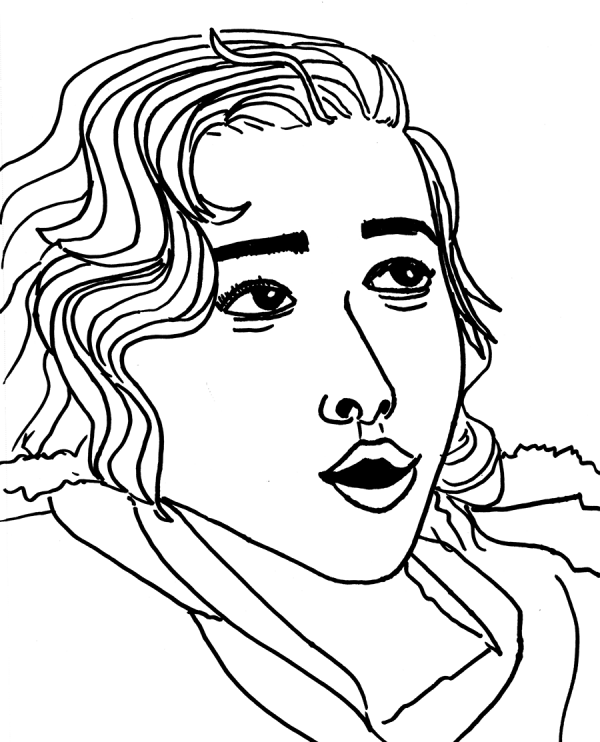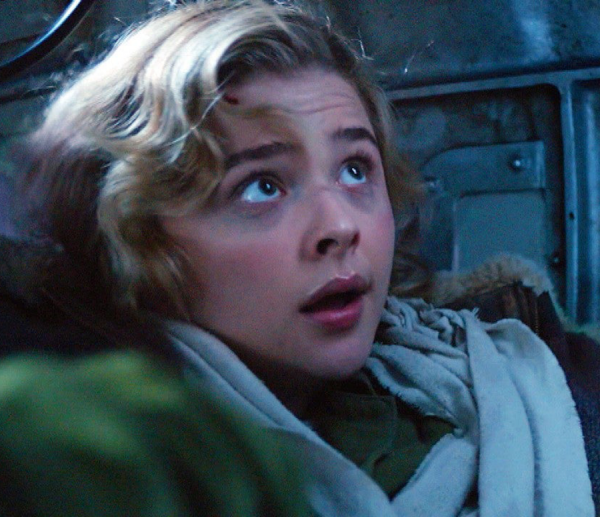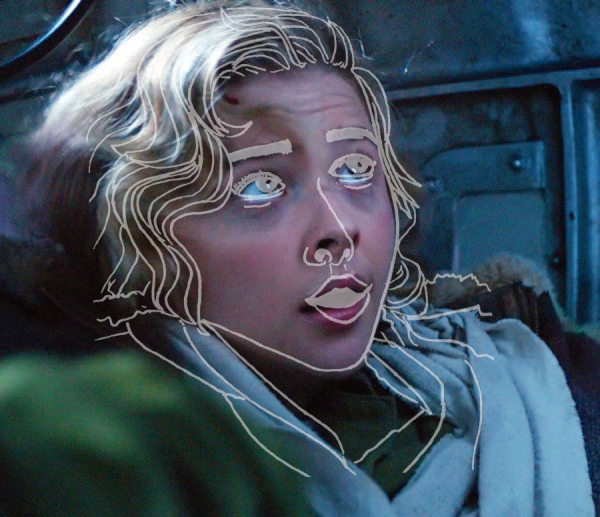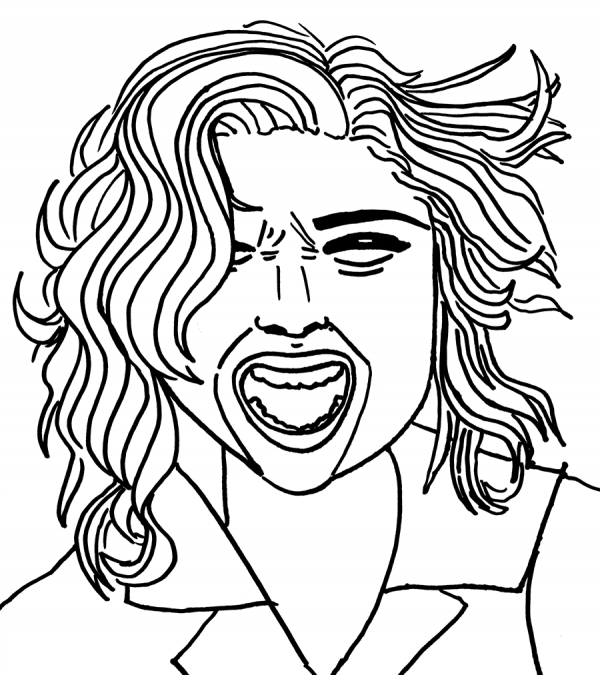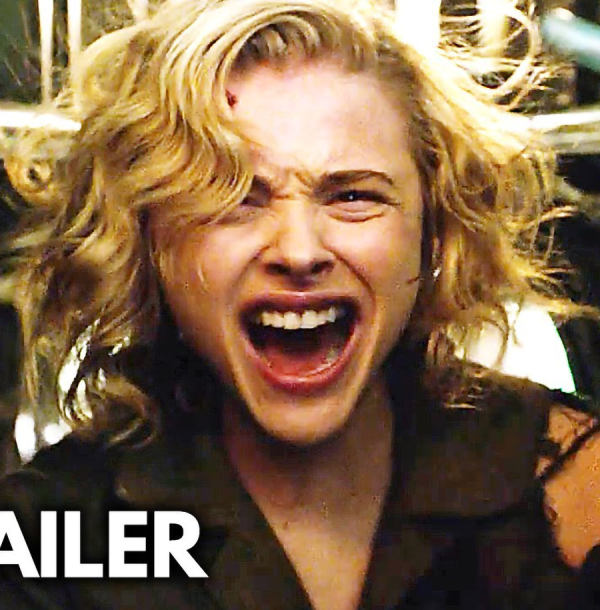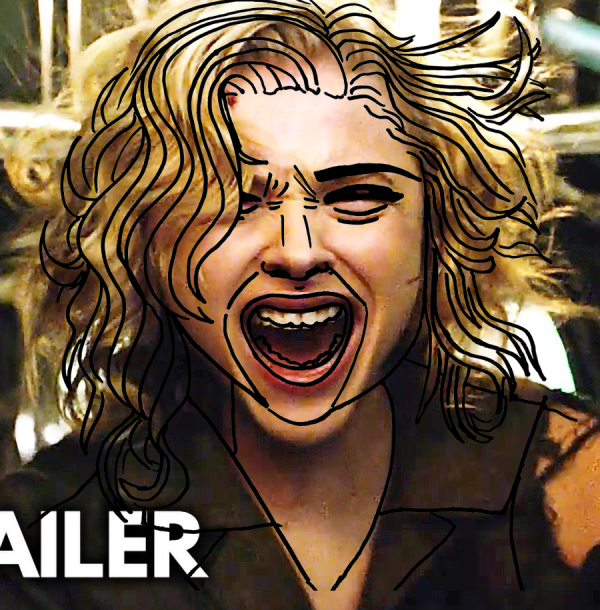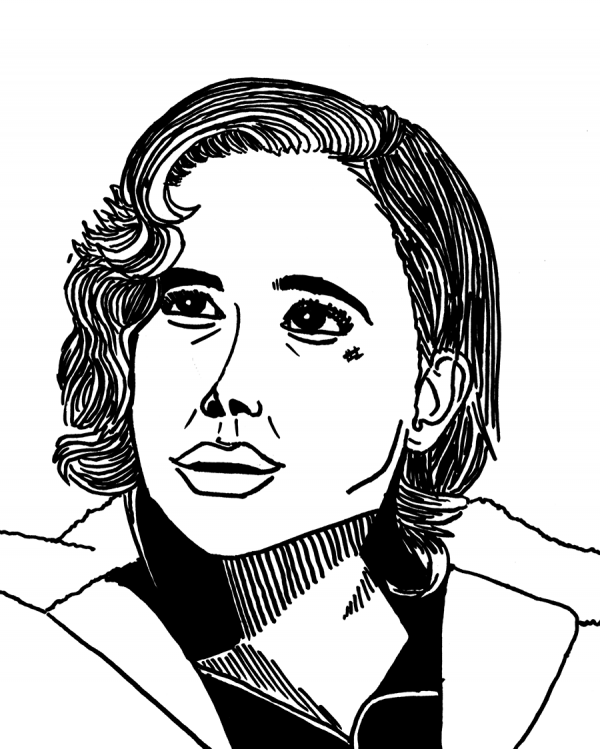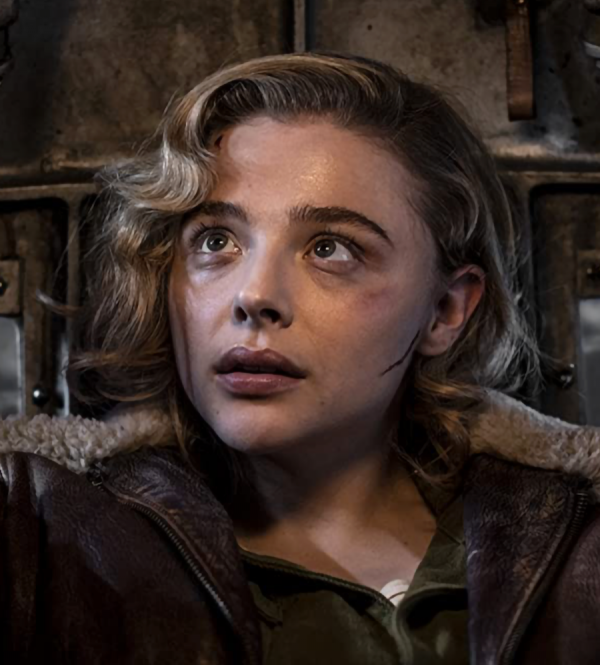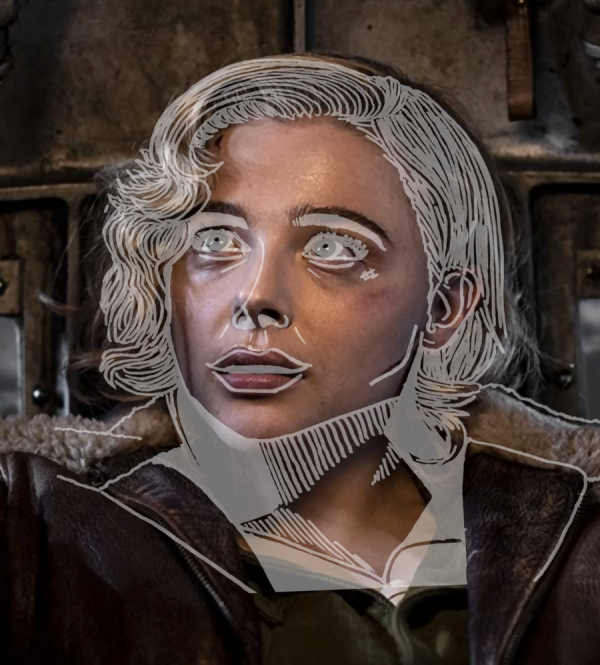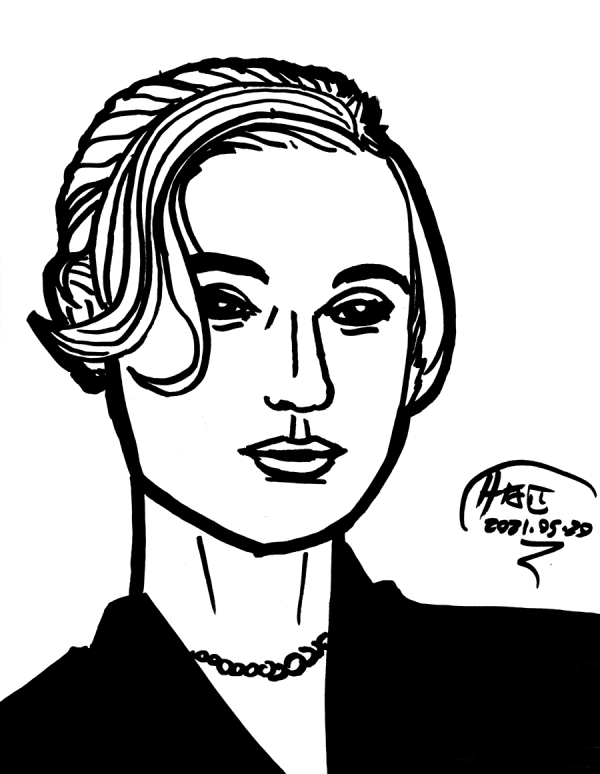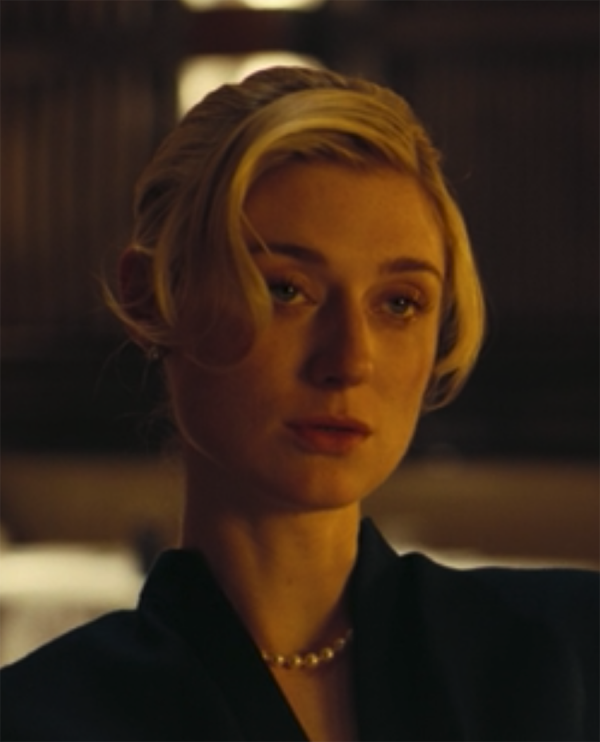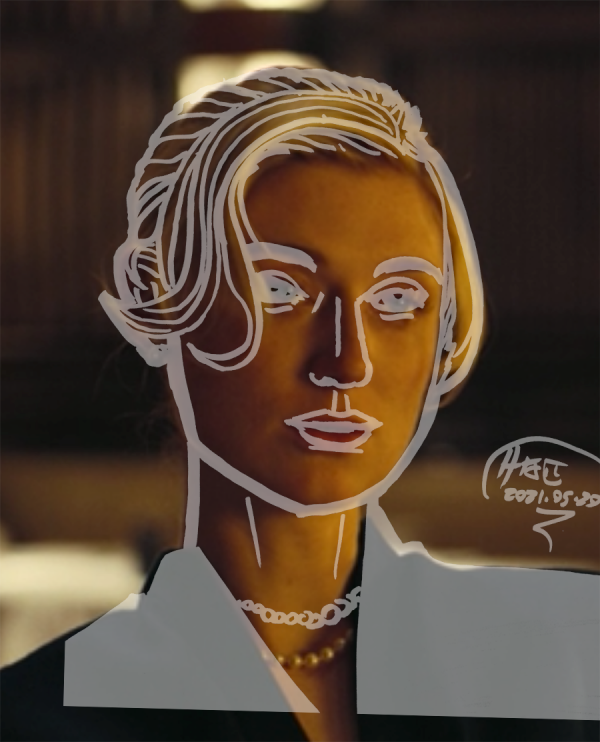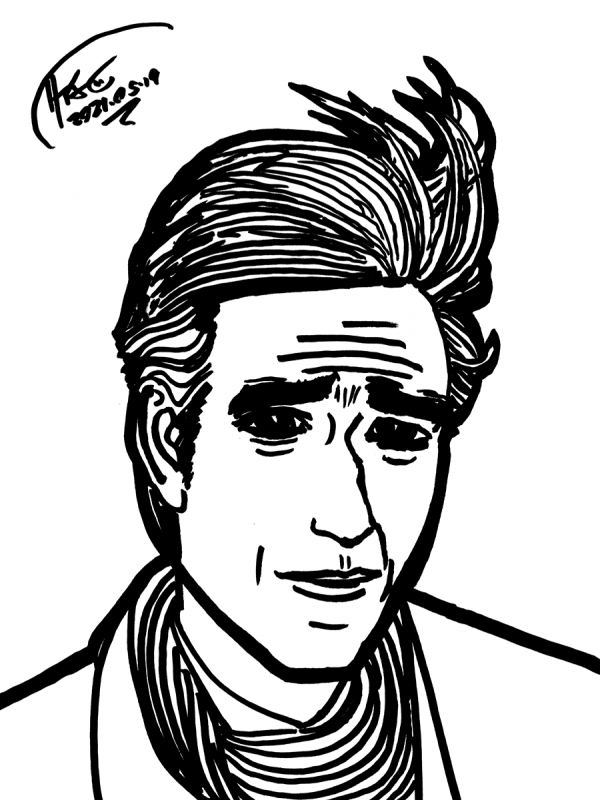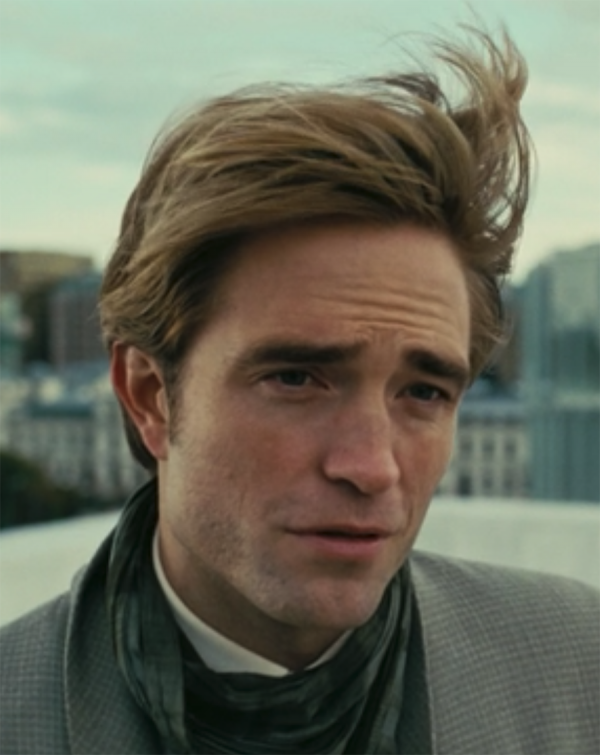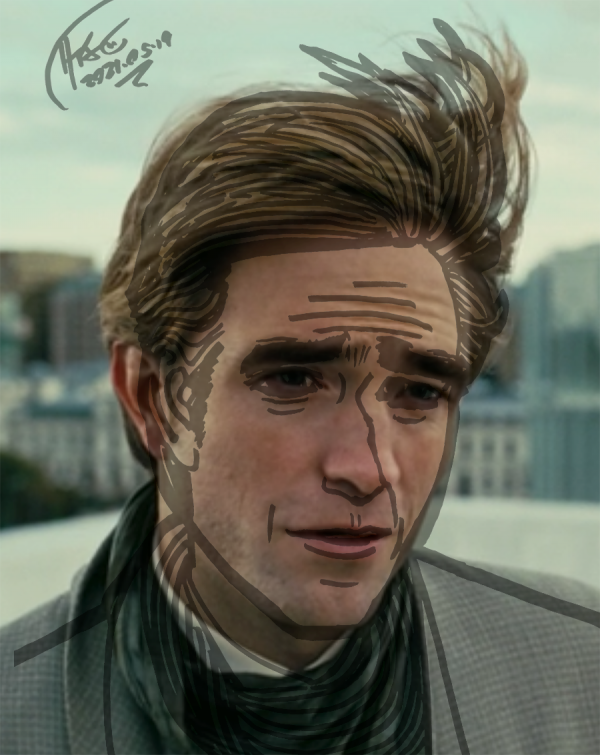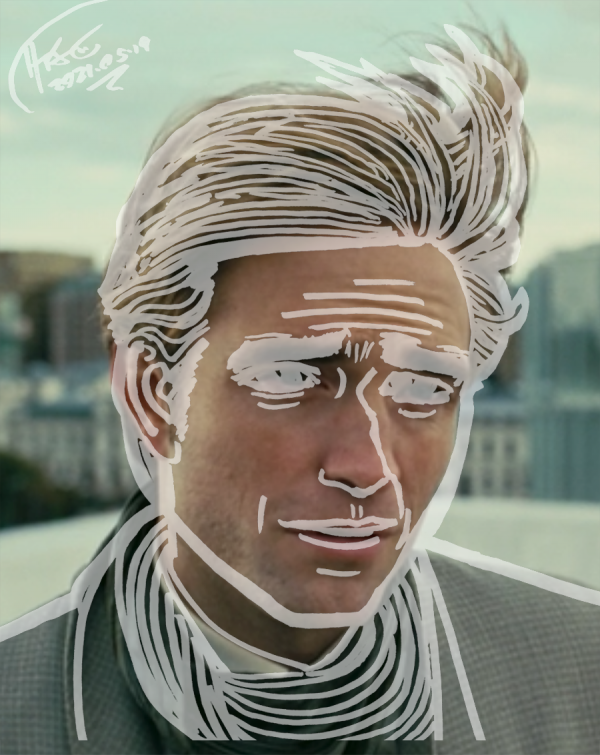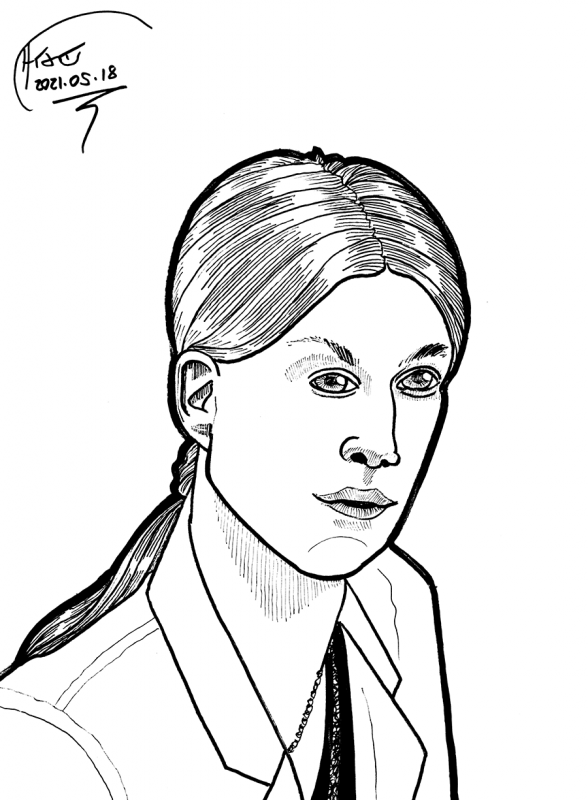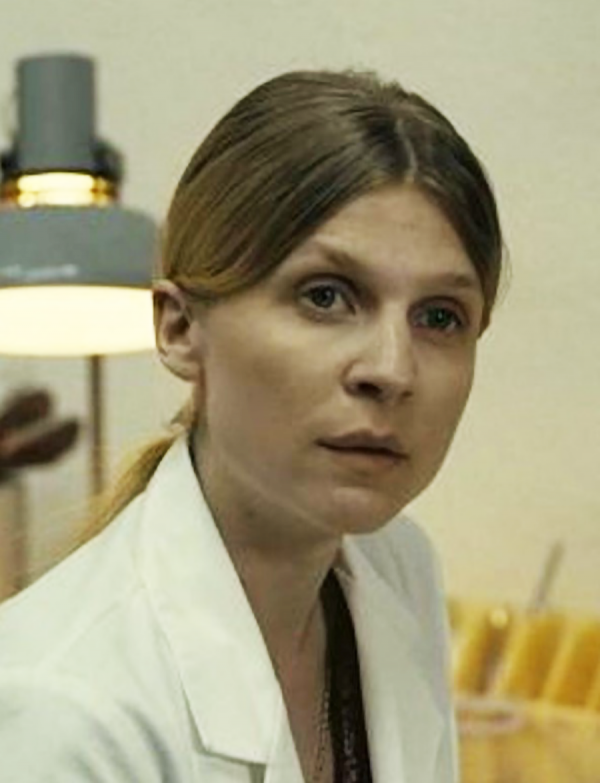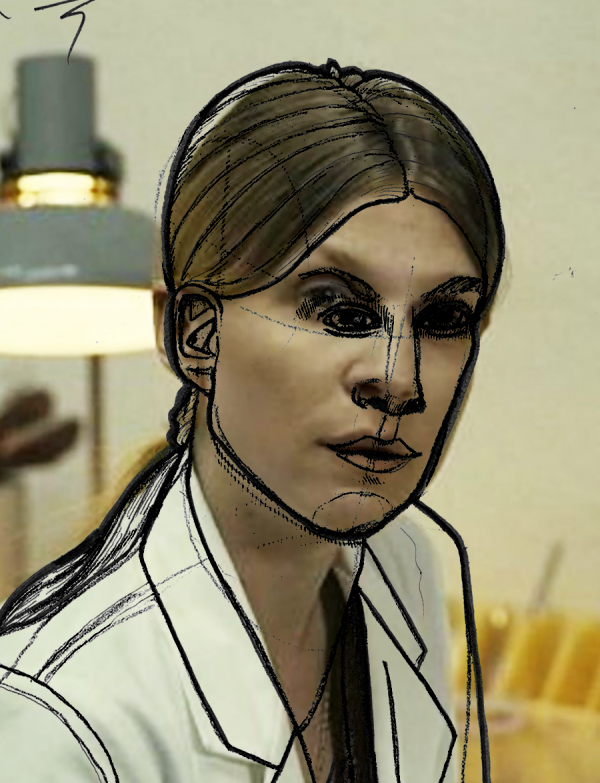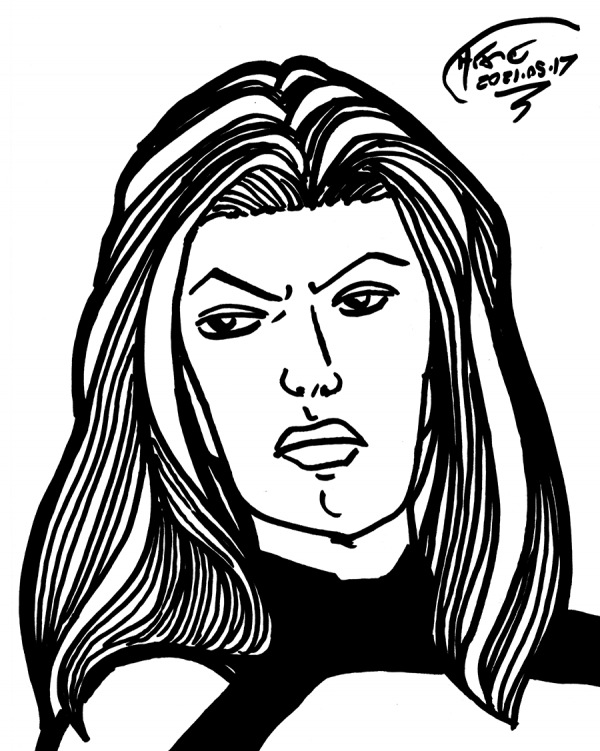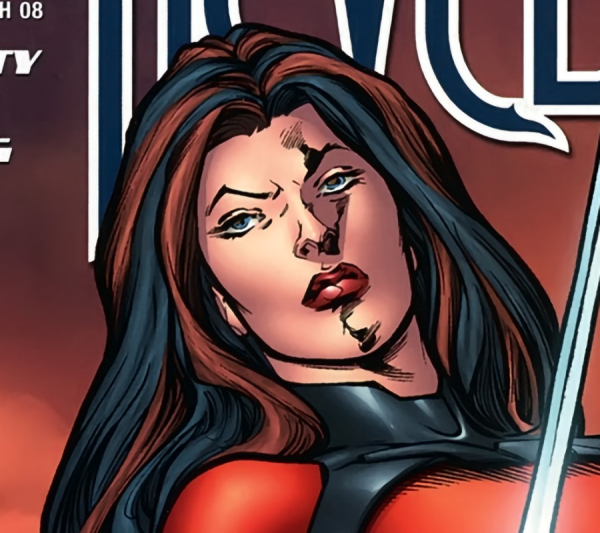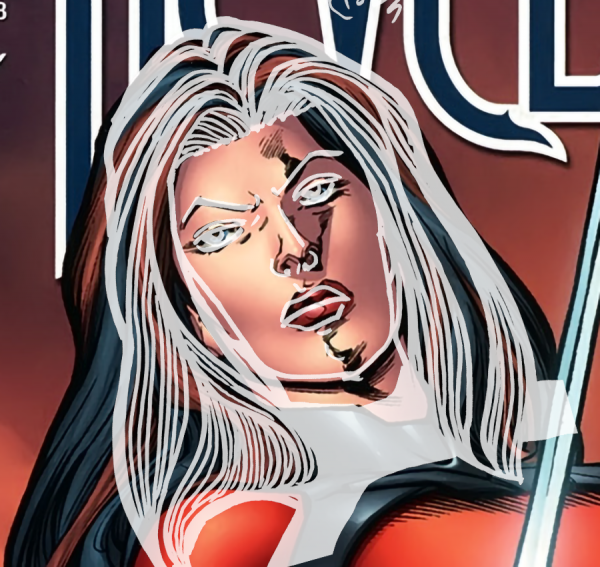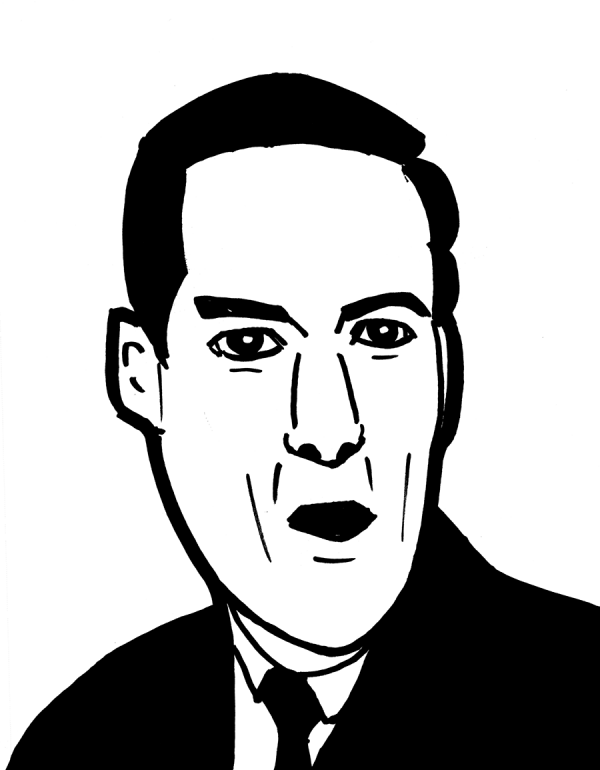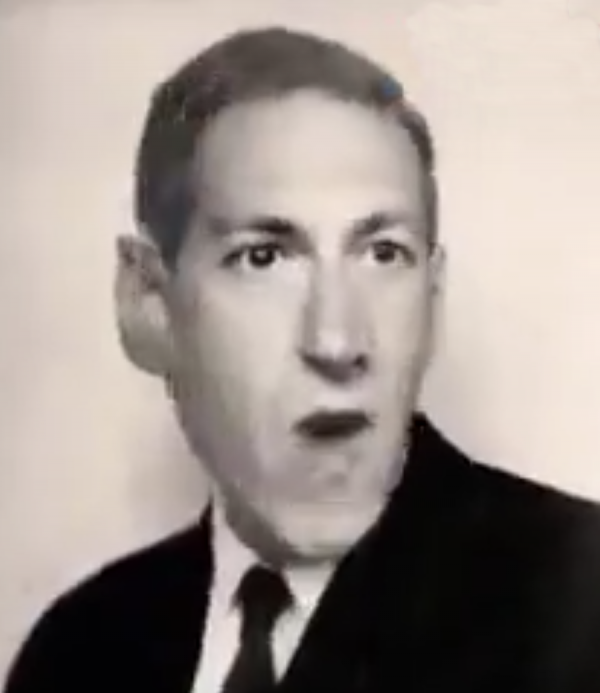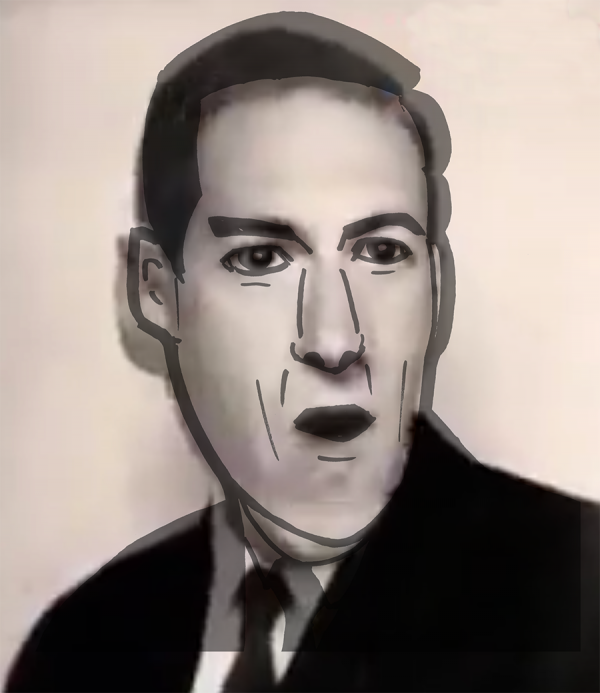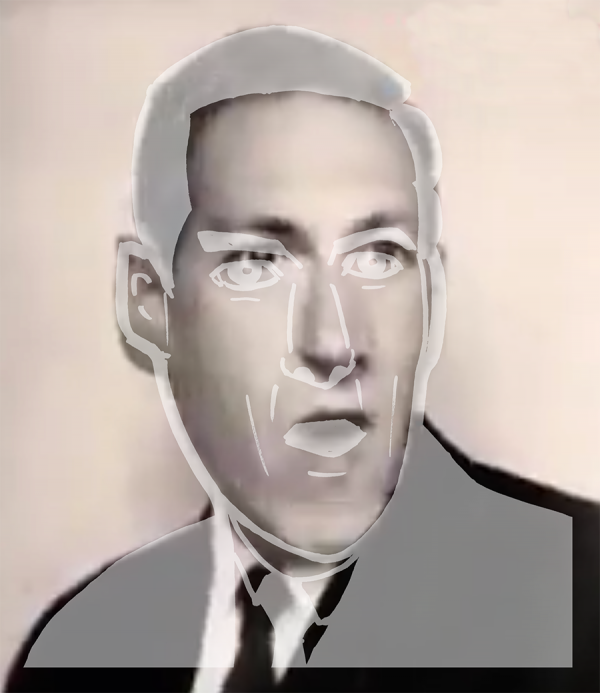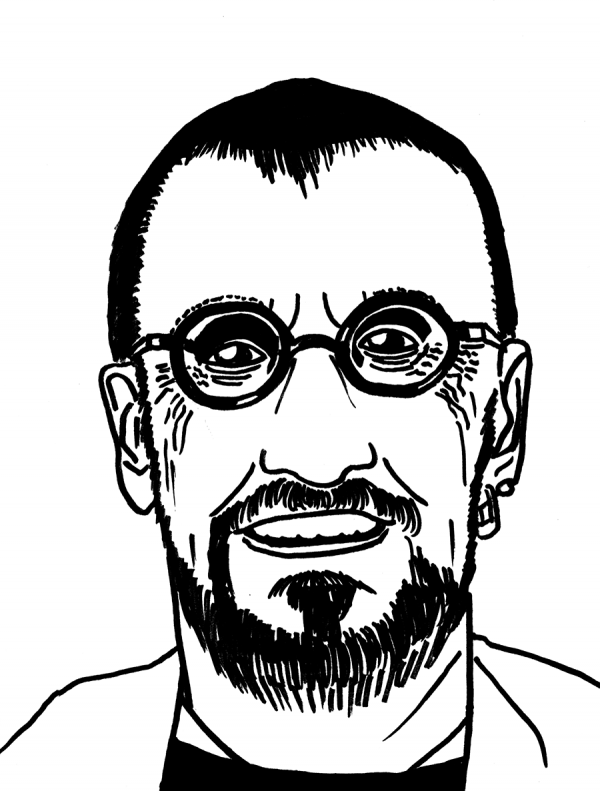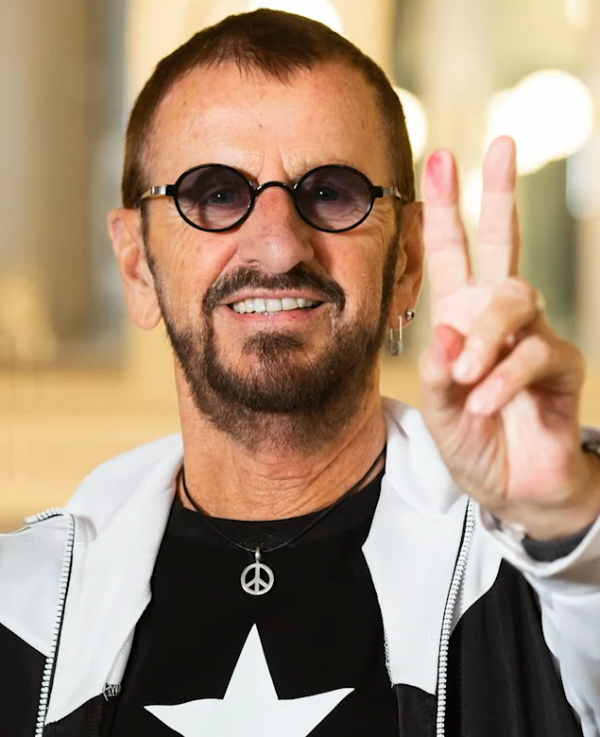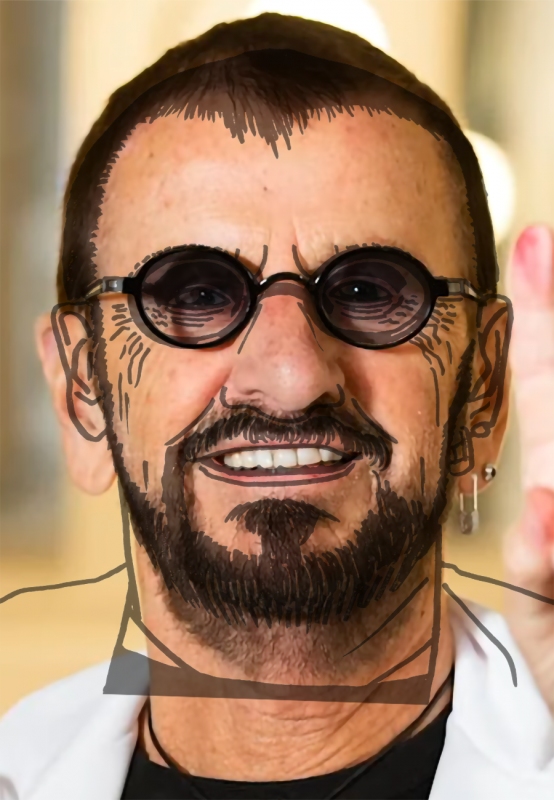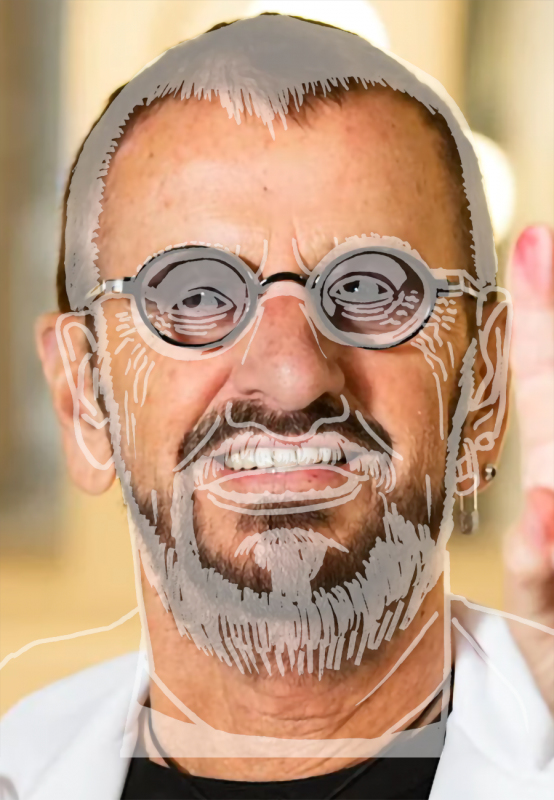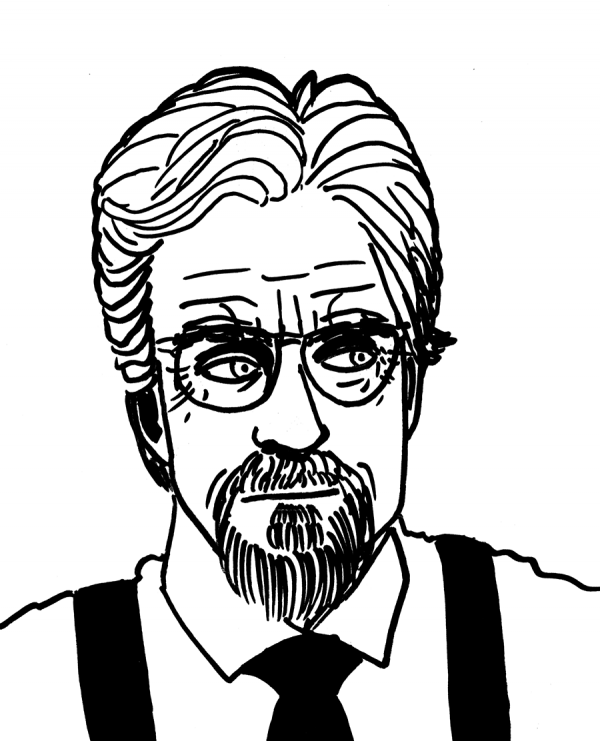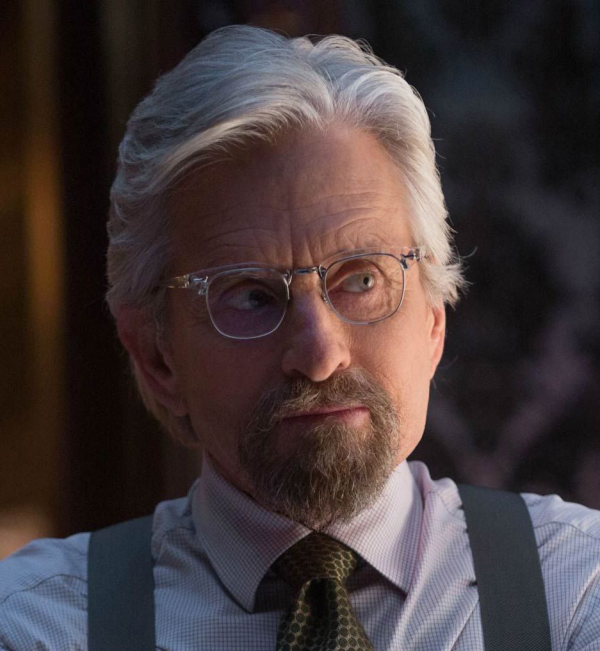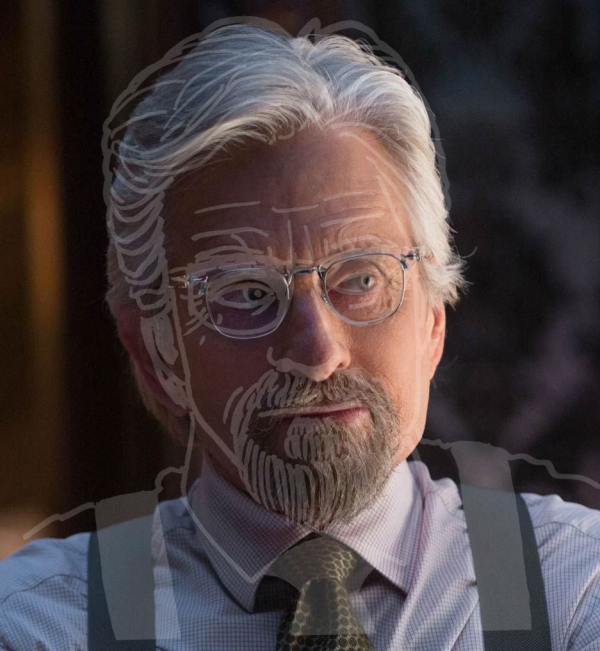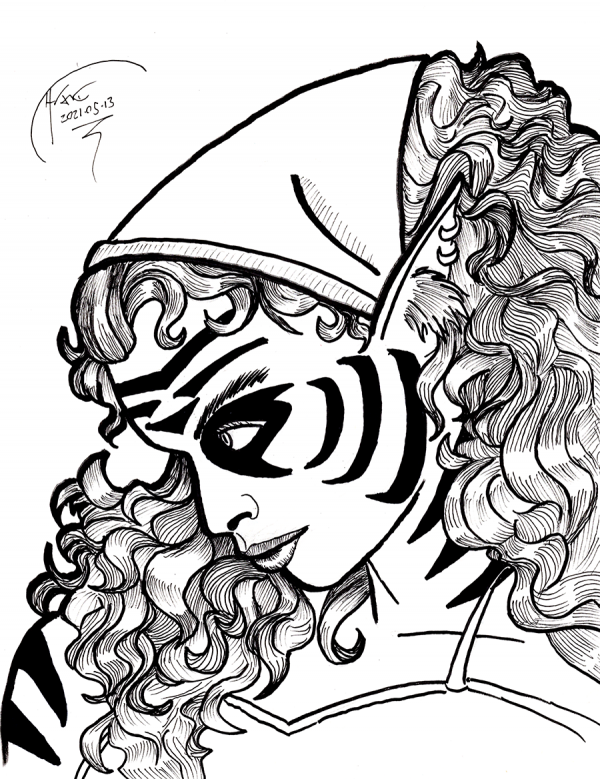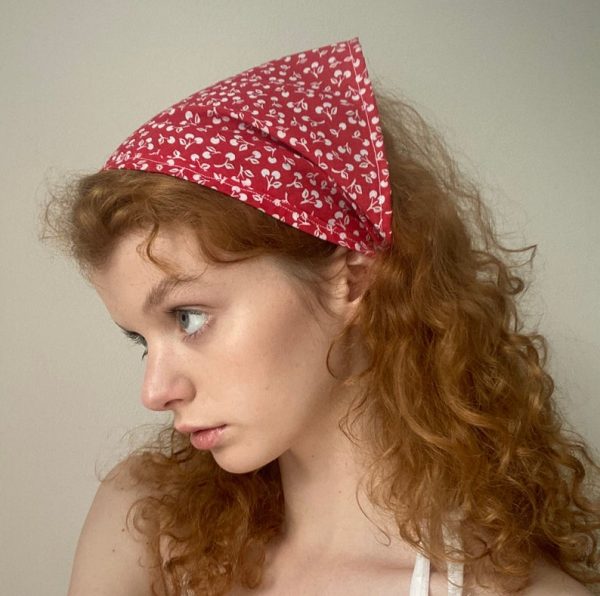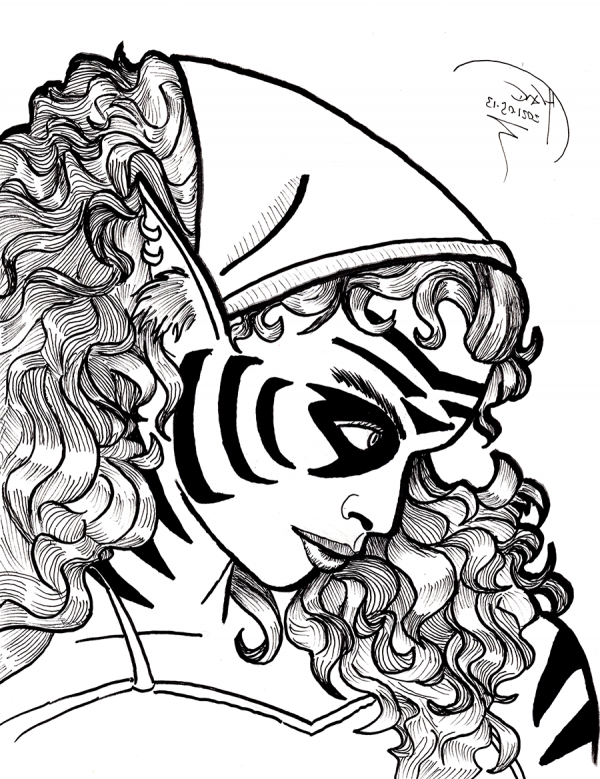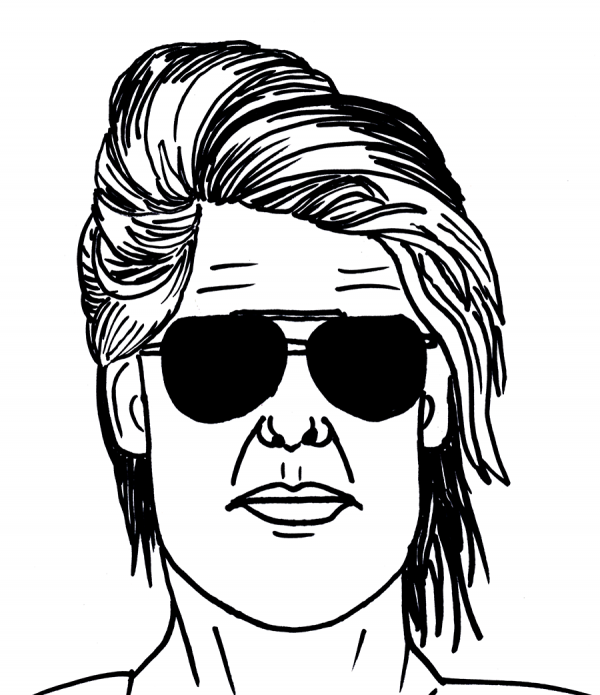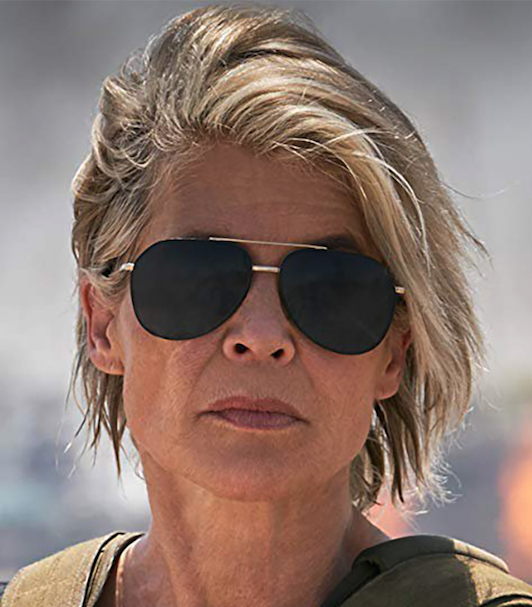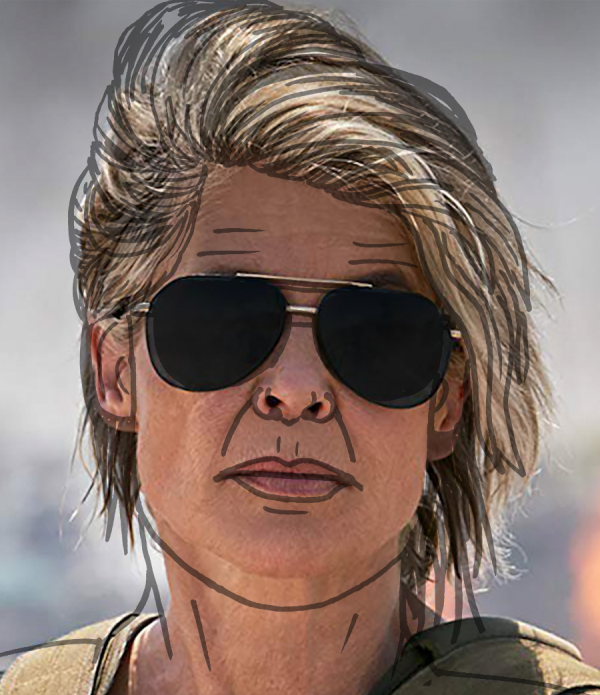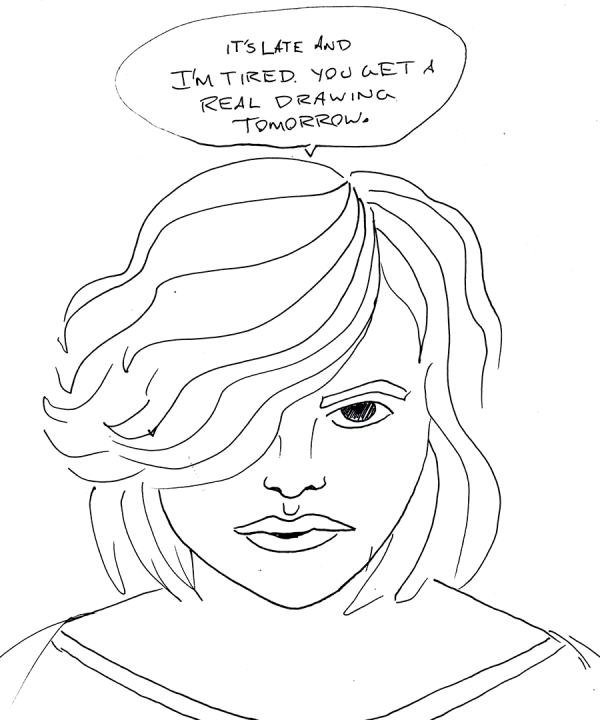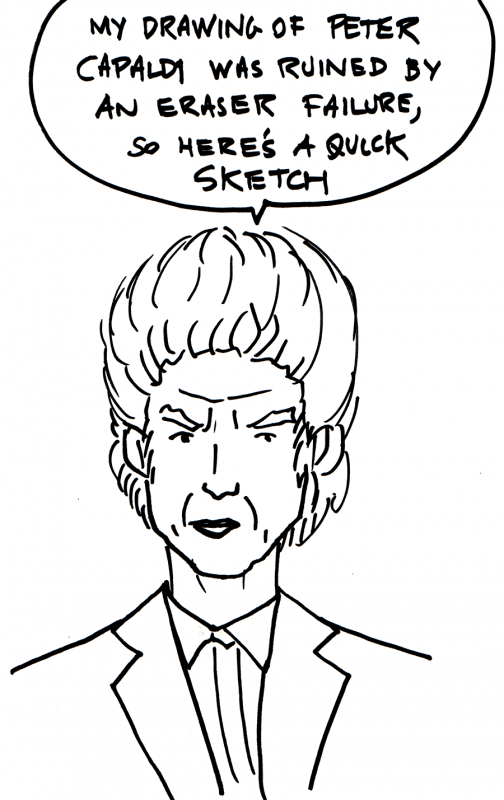
Halfway into the roughs of a drawing of the Twelfth Doctor, I had a terrible eraser accident. I'd grabbed a random pencil out of a jar and, while the graphite was good, apparently the eraser had gone bad, leaving a horrible splotch of pink-orange across my page. The pencil is labeled "Bellcore" which, based on either my own personal history of when I might have acquired it OR when Bellcore ceased to exist by that name, means it's around twenty-five years old. Apparently the erasers in #2 pencils that are really old can dry out, causing the problems that I had tonight. Oh well.
Still drawing every day, maybe just not always erasing.
-the Centaur
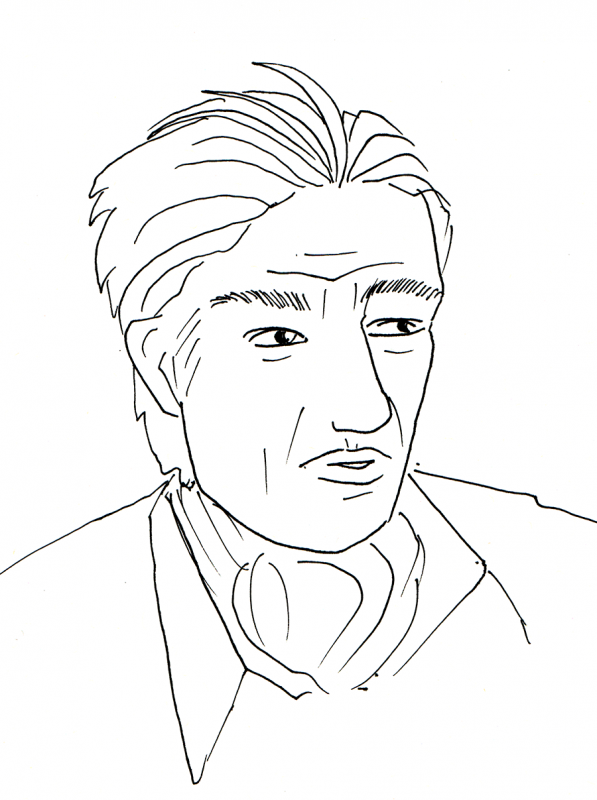
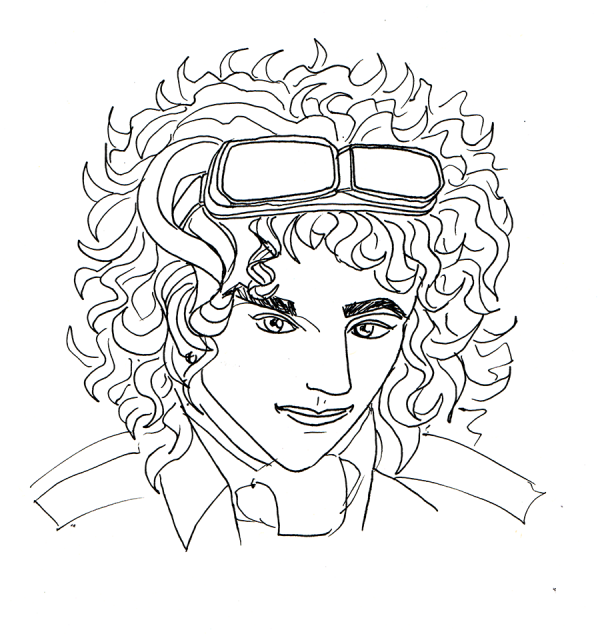
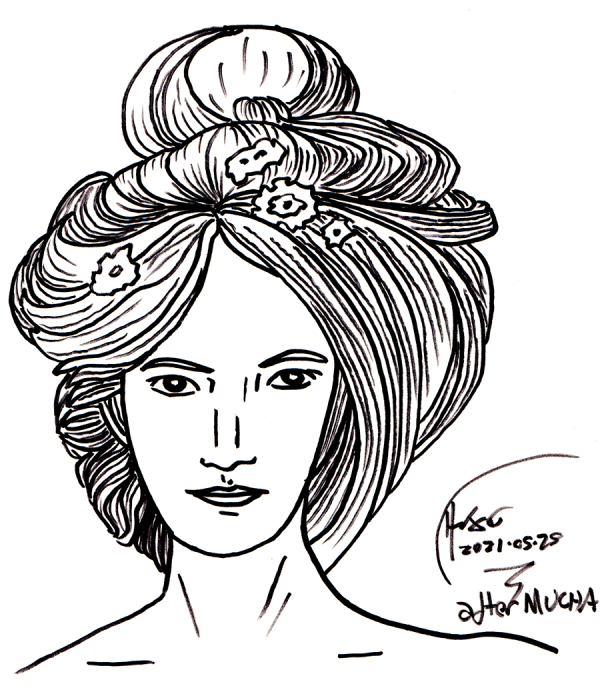
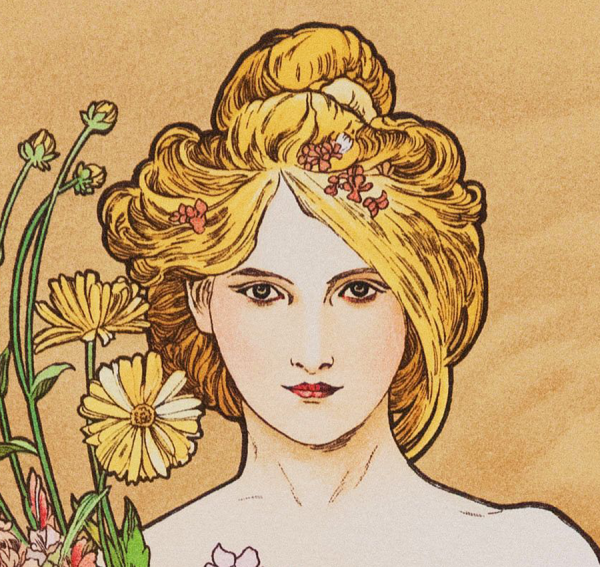
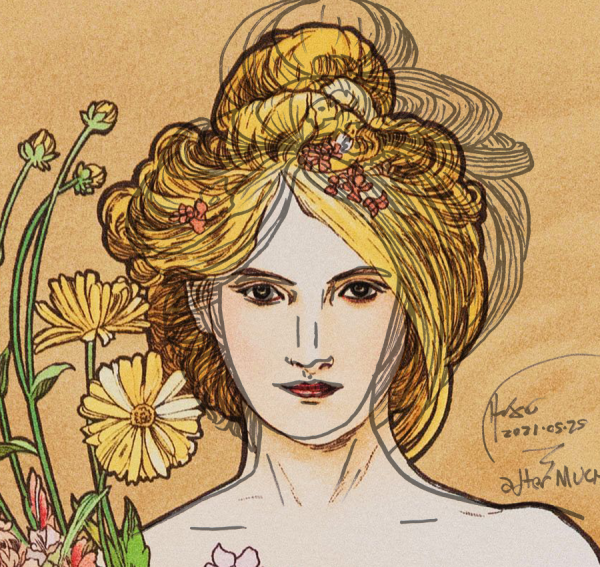
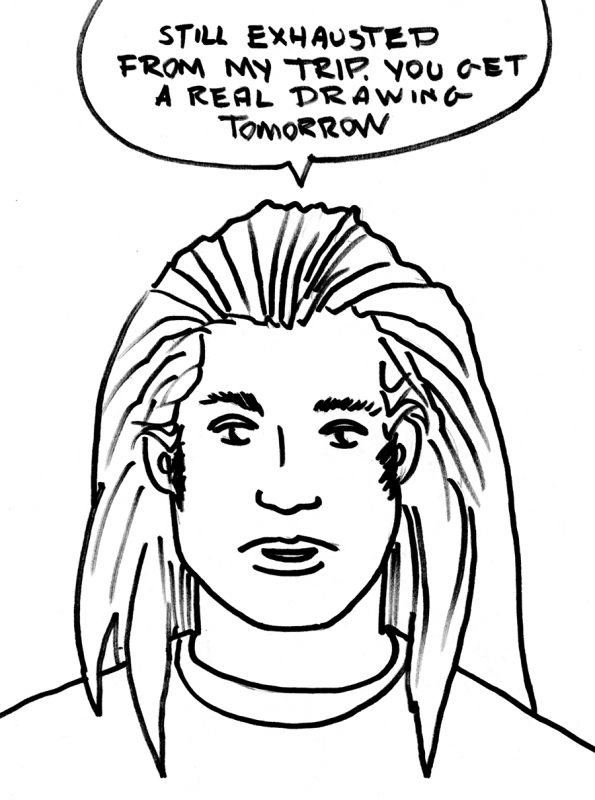
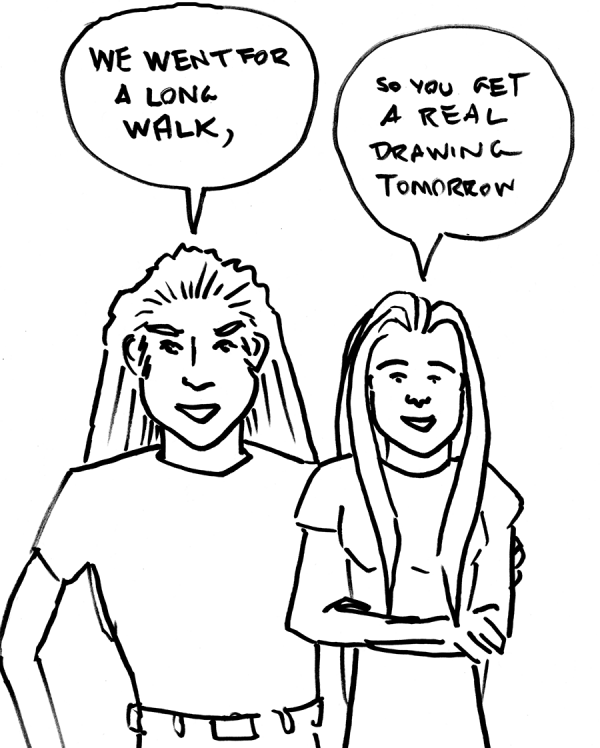
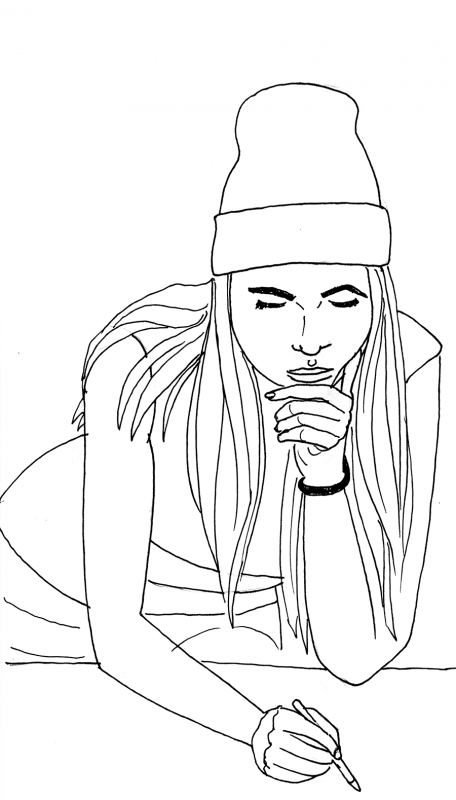
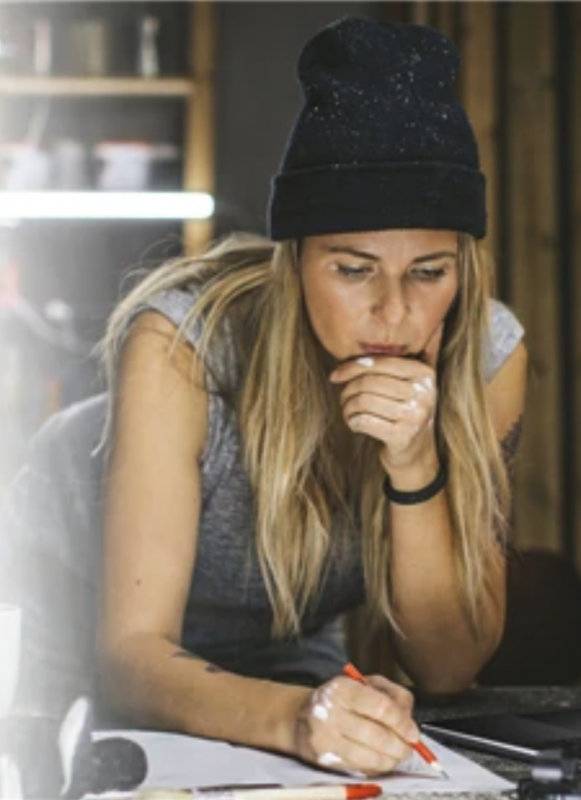
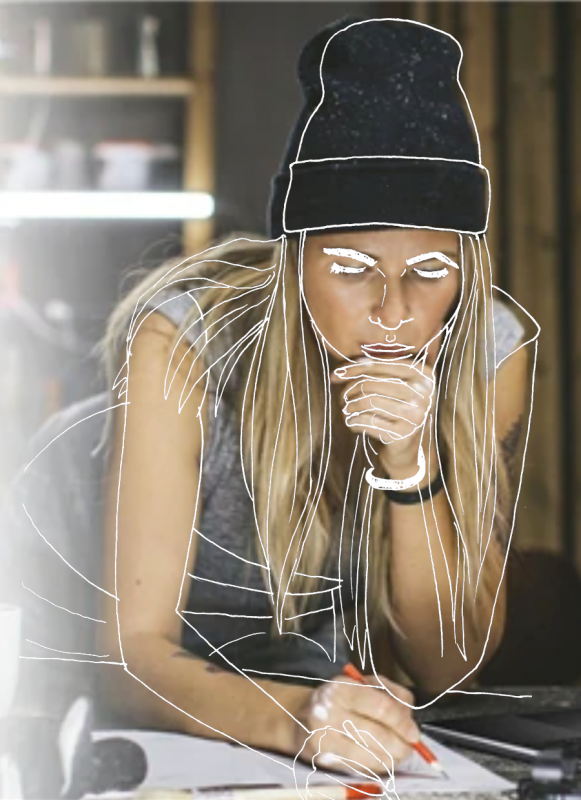
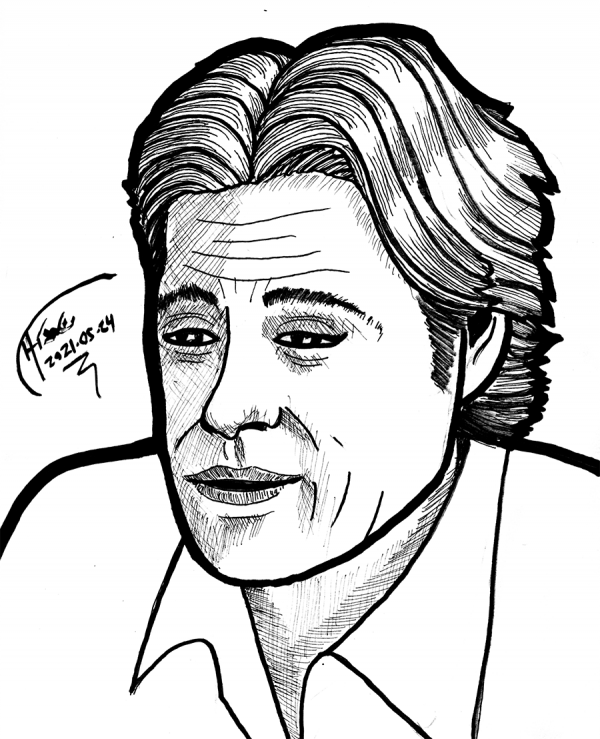 Yesterday's sketch (pencil roughs and rendering and all) of Brad Pitt from Moneyball. I dunno, to me this looks more like some other actor auditioning for the Joker. "Do you want to know how I got these scars?" Let's see how I did (this isn't the precise shot I drew this from - I was flying, and sketching off a frozen screenshot of Moneyball - but it is close) compared to the original Billy Beane:
Yesterday's sketch (pencil roughs and rendering and all) of Brad Pitt from Moneyball. I dunno, to me this looks more like some other actor auditioning for the Joker. "Do you want to know how I got these scars?" Let's see how I did (this isn't the precise shot I drew this from - I was flying, and sketching off a frozen screenshot of Moneyball - but it is close) compared to the original Billy Beane:
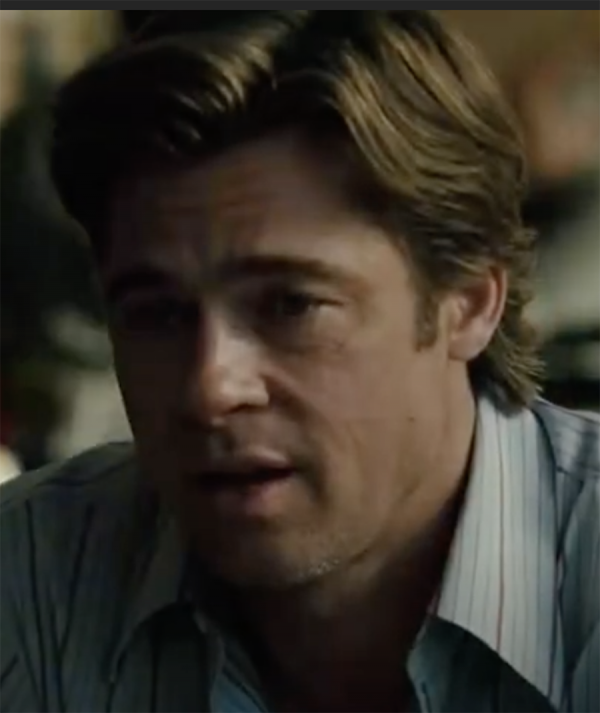 I still don't like the drawing, but the proportions aren't too bad. I was about 7 degrees off on the tilt of the head, but the relative positions of the features and hair and even shoulders - everything except the shirt collar - more or less line up with the face. The real problem is I crushed his right cheek (the left side of the picture) which apparently destroys the "bradness" of his face. Also, the eyes are bit off - he was very squinty in the screen still I used, hard for me to render in the near-dark of the plane.
I still don't like the drawing, but the proportions aren't too bad. I was about 7 degrees off on the tilt of the head, but the relative positions of the features and hair and even shoulders - everything except the shirt collar - more or less line up with the face. The real problem is I crushed his right cheek (the left side of the picture) which apparently destroys the "bradness" of his face. Also, the eyes are bit off - he was very squinty in the screen still I used, hard for me to render in the near-dark of the plane.
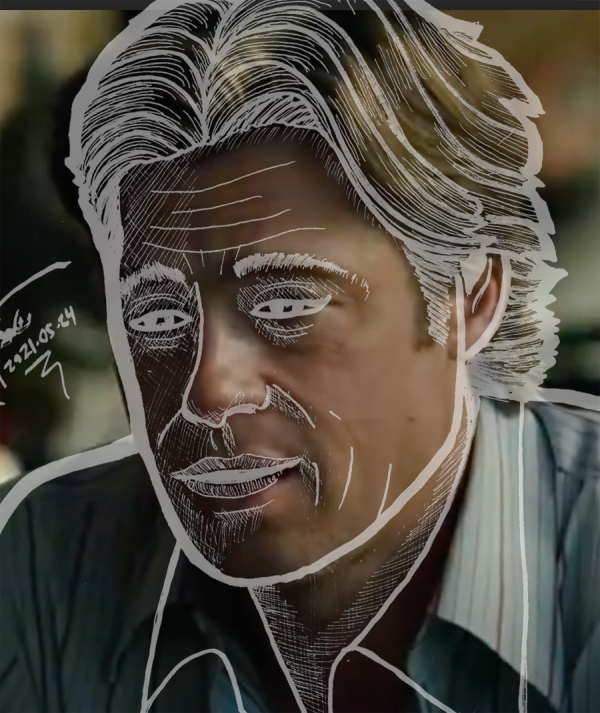 Well, getting caught up. One more drawing to upload after this.
Drawing every day.
-the Centaur
Well, getting caught up. One more drawing to upload after this.
Drawing every day.
-the Centaur 